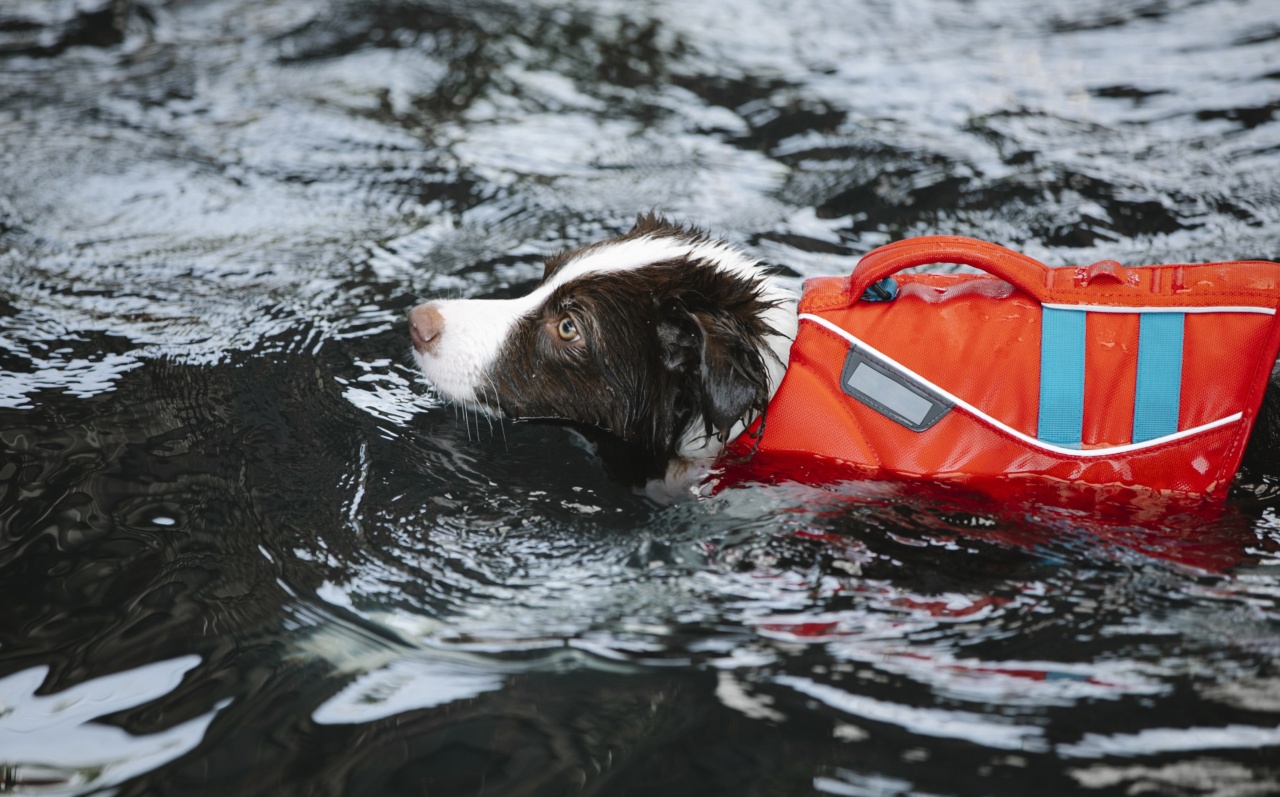Pure dog breeding is a term that refers to the intentional mating of two dogs of the same breed with the goal of producing puppies that adhere to the breed standard.
Pedigree, also known as a dog’s ancestry chart, plays a crucial role in the world of pure dog breeding. It provides valuable information about a dog’s lineage, enabling breeders to make informed decisions about mating pairs, ensuring the preservation and improvement of breed traits across generations.
What is a Pedigree?
A pedigree is a chart that displays a dog’s family tree, tracing back multiple generations.
It illustrates the connections between ancestors and descendants and provides essential details about each individual dog in the lineage, such as their registered name, registration number, and any titles or achievements they may have earned.
Genealogical records play a significant role in understanding a dog’s pedigree.
These records are maintained by kennel clubs or breed associations and are the source of information that is used by breeders to track and document a dog’s ancestry.
The Importance of Pedigree in Pure Dog Breeding
When it comes to pure dog breeding, pedigree serves as a blueprint for responsible breeders. By examining a dog’s ancestry, breeders can gain insights into the characteristics and traits that are likely to be passed on to future generations.
This information helps them make educated decisions about mating pairs, ensuring that desirable traits are perpetuated and inherited disorders or faults are minimized.
Pedigree plays a pivotal role in maintaining breed standards, which encompass the ideal physical and behavioral traits that define a specific breed.
Responsible breeders aim to produce puppies that conform to these standards, and pedigree allows them to track and analyze the presence of these traits within a dog’s lineage.
Components of a Pedigree
A typical pedigree chart consists of several components that provide important details about each dog in the lineage:.
Registered Name and Registration Number
Each dog in the pedigree is identified by their registered name, which is unique to them. This name is officially recorded by kennel clubs or breed associations and is linked to a specific registration number.
The registration number serves as a primary identifier and helps in locating additional information about a particular dog.
Titles and Achievements
If a dog has participated in shows, competitions, or specific training programs and has earned titles or achievements, these are usually mentioned in the pedigree.
Titles such as Champion (CH), Grand Champion (GCH), Obedience Trial Champion (OTCH), or Working Dog titles can indicate a dog’s success in various areas.
Date of Birth
The date of birth is included to establish the age of the dog and provide a reference point for calculating the genetic distance between generations.
It helps breeders plan appropriate breeding pairs, keeping in mind the recommended breeding age for specific breeds.
Breeder Information
Pedigrees often include the names and information of the breeders involved in the dog’s lineage. This information allows breeders to make connections with other breeders and access additional insights about the dogs in their breeding programs.
Ancestor Information
A significant portion of a pedigree chart is devoted to displaying multiple generations of ancestors.
This information helps breeders understand the genetic influence of each ancestor and identify any common ancestors or influential dogs that may appear multiple times within the lineage.
Reading a Pedigree
Understanding how to read a pedigree chart is essential for breeders and enthusiasts alike. It allows them to interpret the information presented and make informed decisions about breeding programs and potential mating pairs.
Here are a few key points to consider when reading a pedigree:.
Generation Indicators
A pedigree chart displays multiple generations of dogs, typically going back four to five generations. Each generation is denoted by Roman numerals (I, II, III, etc.) or by the use of indentation.
Male and Female Symbols
Males are typically represented by squares on a pedigree chart, while females are represented by circles. This visual distinction helps in identifying the gender of each dog at a glance.
Connecting Lines
Connecting lines on a pedigree chart represent the parentage between two dogs. A solid horizontal line indicates a mating, while vertical lines extending from it denote the offspring produced from that union.
Color-Coding
In some pedigrees, color-coding is used to highlight specific traits or characteristics within a lineage.
For example, health-tested dogs may be marked with a specific color, making it easier for breeders to identify individuals with favorable test results.
Using Pedigree for Breeding Decisions
Pedigrees are an invaluable tool for breeders when planning breeding programs and selecting appropriate mating pairs. Here are a few factors breeders consider when analyzing pedigrees:.
Inbreeding Coefficient
The inbreeding coefficient is a measure of how closely related two dogs are within a pedigree.
By assessing the coefficient, breeders can identify potential risks associated with high levels of inbreeding, such as an increased likelihood of inherited disorders or reduced fertility. Lower coefficient values indicate a more diverse ancestry, which is generally desired to maintain overall breed health.
Health and Genetic Testing
Examining the pedigrees of potential mating pairs allows breeders to evaluate the health history of individual dogs and their ancestors.
This information helps them identify any potential health concerns or genetic disorders that may be present within the lineage. Breeders can then make informed decisions about health testing and select dogs with complimentary genetic profiles to minimize the risk of passing on inherited diseases.
Show and Working Titles
Pedigrees often indicate if a dog or its ancestors have earned show or working titles. These titles demonstrate the dog’s performance and confirm that they possess the desired traits and characteristics of the breed.
Breeders may prioritize selecting dogs with proven show or working abilities to improve the breed’s conformation or working capabilities.
Breeding Goals and Traits
Every breeder has specific goals they aim to achieve in their breeding program. These goals can include improving certain physical traits, enhancing temperament, or preserving specific working abilities.
By examining pedigrees, breeders can identify dogs that possess the desired traits and talents that align with their breeding objectives.
The Future of Pedigree and Pure Dog Breeding
Pedigrees have been an integral part of pure dog breeding for many generations. However, advancements in science and technology are expanding our understanding of genetics and its role in inherited traits.
DNA testing is becoming increasingly prevalent in the dog breeding world, providing breeders with additional insights into a dog’s genetic makeup.
The availability of genetic testing not only enhances our understanding of inherited diseases and traits but also allows breeders to make more informed decisions about mating pairs.
This additional information, combined with the traditional pedigree analysis, can help breeders select dogs that possess the desired traits while minimizing the risk of inherited disorders.
As technology continues to evolve, pedigrees may incorporate genetic information and become more interactive and digitized.
This could revolutionize the way breeders analyze and utilize pedigree data, resulting in more successful and responsible breeding practices.




























